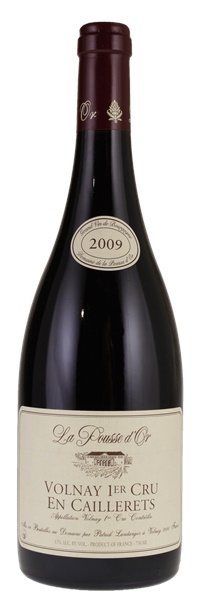Estimate

...Blackberries, blueberries, hard candy and spices are just a few of the notes that emerge from this layered, intense Burgundy. There is plenty of inner tension here,...a dazzling wine though, and one built for the long haul.
...rich, fleshy and delicious middle weight flavors that possess an abundance of dry extract that buffers the moderately firm tannins on the impressively persistent finish.
..Sweet and concentrated, round & full. Wonderfully ripe without being roasted, with an element of sweetness giving this wine considerable early appeal. Substantial sweet tannins are buried under the wine's fruit today on the long finish.